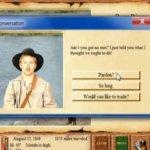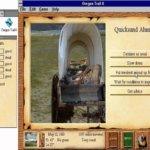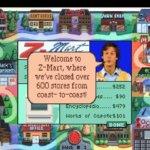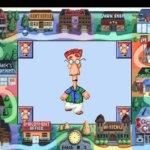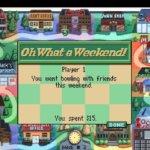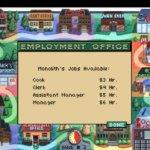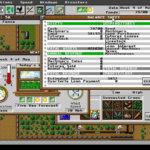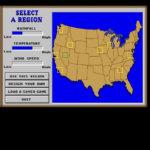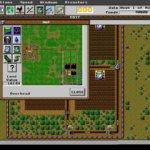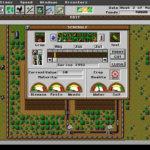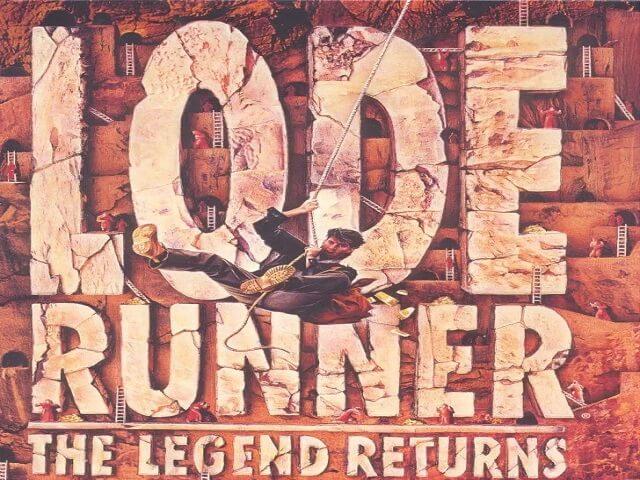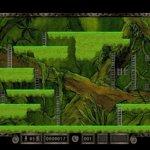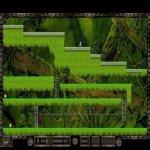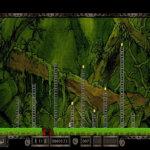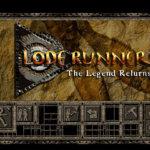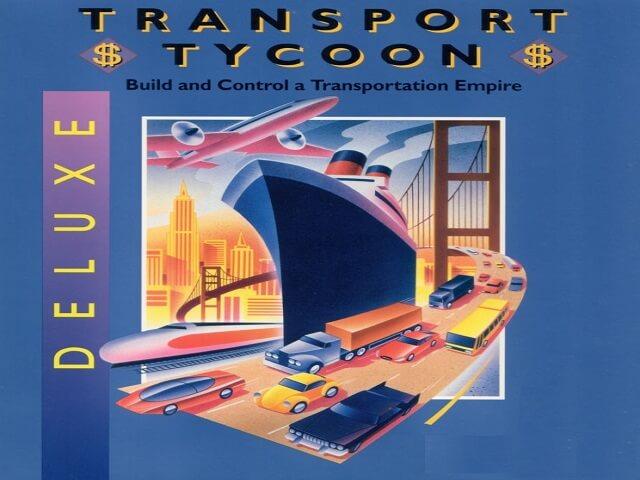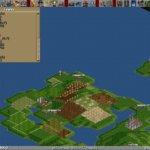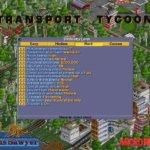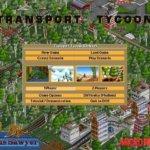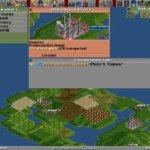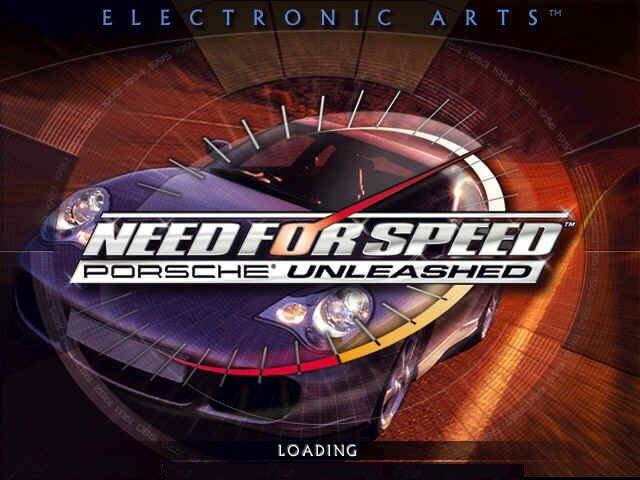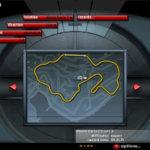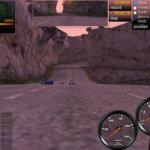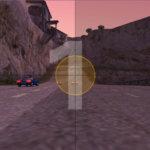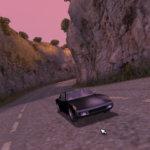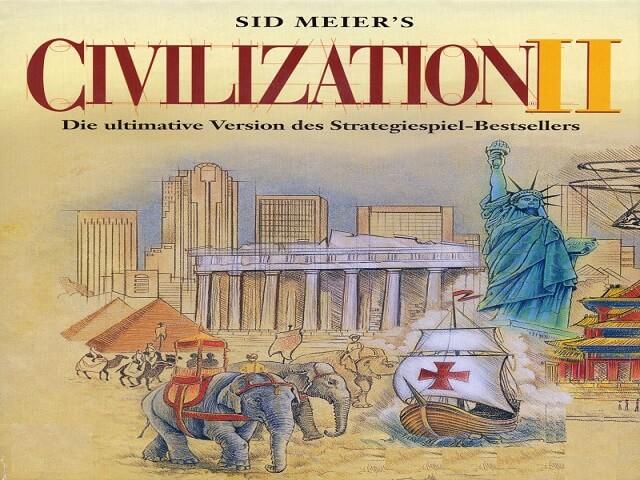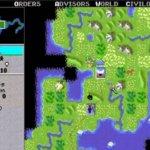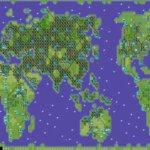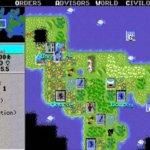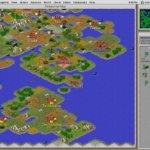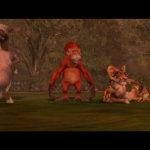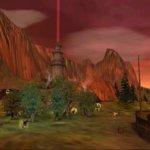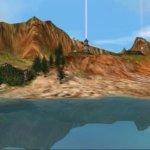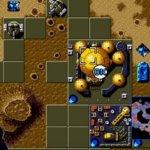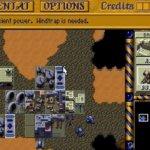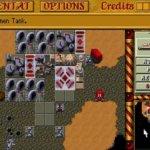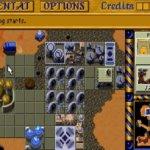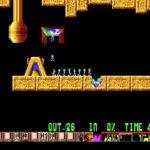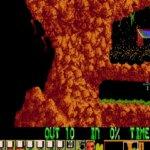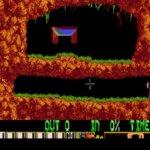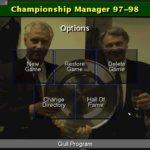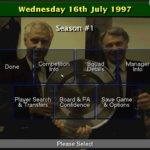Search results for: “PC”
-
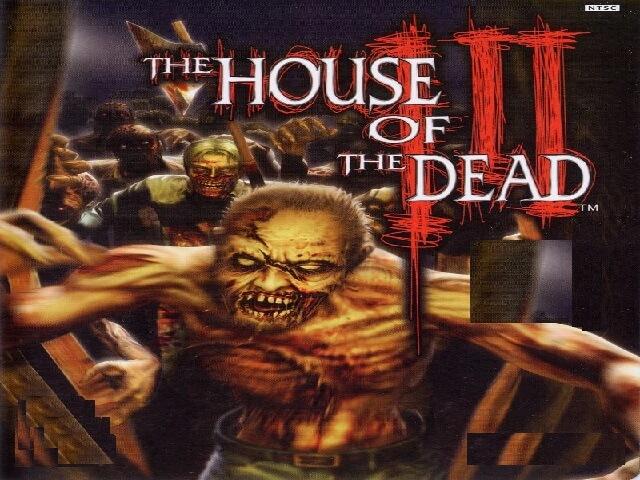
The House Of The Dead III
The House of the Dead III is a horror-themed light gun arcade game released in 2002, and the third installment in the House of the Dead video game series created by Wow Entertainment and Sega. Later, it was ported to the Xbox in 2003, Microsoft Windows in 2005, the Wii in 2008 as part of a compilation with The House of the Dead 2, and the PlayStation 3 in 2012 with PlayStation Move support. In 2008, the game was remade with typing controls as The Typing of the Dead 2. The story of the previous games is continued in this game, and new gameplay concepts such as story branching are introduced. Lisa Rogan, the game’s protagonist, is the daughter of Thomas Rogan and Sophie Richards.
ALT NAME HOD3 YEAR 2005 PLATFORM Windows RELEASED IN Japan, Poland, United Kingdom (2005)
United Kingdom (2006)GENRE Action THEME Horror, Rail Shooter, Zombies PUBLISHER Mastertronic Games Ltd., SEGA Corporation, SEGA Europe Ltd. DEVELOPER Wow Entertainment, Inc. PERSPECTIVE 1st-Person [title] Gameplay
In many ways, The House of the Dead III differs from the first two games, including weaponry; player characters are armed with shotguns rather than the semiautomatic pistols used in the first two games. The shotgun in III for Xbox no longer requires the traditional “point off-screen” reload, but instead reloads automatically. Reloading still takes time, but it happens automatically as soon as the gun requires it. The arcade version differs in this regard because light guns are present, allowing for similarly quick reloading. Pumping the shotgun controller results in a reload. The light gun controller released by Madcatz may be used while playing the game on Xbox; however, the traditional “shoot off-screen” reload was reintroduced in the Wii version.
The previous games had a branching storyline, but it was handled differently. Prior to the start of most stages in The House of the Dead III, the player is given options for navigating through the game, ultimately going through the same areas with different results depending on the order chosen.
Another significant distinction is the absence of civilians. Unlike the first two House of the Dead games, in which players could save a variety of people in danger, The House of the Dead III contains no additional characters beyond those essential to the plot. Instead, “Rescue Events” occur throughout each stage, requiring players to save their partners from attacking zombies. Each successful rescue earns you an extra life. If all rescue missions are completed successfully, players will discover crates in the room before the final boss that, when shot, will drop a large number of bonuses and lives.
Another significant difference is the absence of civilians. Unlike the first two The House of the Dead games, in which players could save a variety of people in danger, The House of the Dead III contains no additional characters beyond those essential to the plot. Instead, “Rescue Events” occur during each stage, in which players must rescue their partners from attacking zombies. For each successful rescue, an extra life is awarded. If all rescue events are successful, players will find crates in the room before the final boss that, when shot, will drop a large number of bonuses and lives.
The series introduces a new concept in the form of a “Cancel” bar. Previously, the bosses’ weak point only needed to be shot once to stun the attack. In this game, the weak point of the bosses must be shot repeatedly in order to drain the “Cancel” bar and stop the enemy’s attack.
Another significant change to the gameplay is the introduction of a new rank and grade system. Players are now graded on how quickly they dispatch zombies, with options ranging from Excellent, Good, Faster, and Twin Shot, with the latter occurring if two zombies are killed with the same shotgun shell. At the end of each stage, a letter grade ranging from S to A, B, C, D, and E is assigned. Completing the stage with an A rank earns the player one extra life, while completing it with a S rank earns the player two. At the end of the game, a final grade is assigned, and depending on how many S ranks the player received for each stage, the player may be assigned a “SS” rank as the final grade.
Extra lives and bonus points are handled differently as well. Nothing happened in previous arcade instalments if a player had all five lives and gained another. The player can now have up to nine lives at once, and any extra lives are converted into bonus points. Bonus points could also be earned in previous games by shooting hidden objects such as a golden frog or a coin. This is expanded upon in The House of the Dead III, which introduces a silver coin that can be shot repeatedly, a wind-up robot that must be shot several times, and a golden miniature version of the recurring boss The Magician. Decaying zombies and weak points on stunned bosses can also be shot multiple times for bonus points.
On the Xbox 360, PC, PlayStation 3, and Wii versions, there is a “Time Attack” mode in which the player’s lives are displayed as a timer beginning at 45 seconds. Extra time is granted by Excellent, Good, Faster, and Twin Shots, as well as clocks in the background, successful rescue events, and end-of-stage bonuses. Being hit by a zombie deducts 7 seconds, projectiles deduct 5, and bosses deduct 15. The player gains 10 seconds after stunning a boss. Every successful hit on the final boss grants two seconds and eliminates the need for a stun. If the timer reaches zero, the game is over, and Dr. Curien analyses the player’s performance at the end of each game. The player should also keep track of the average distance they were able to keep the undead at bay in meters.
Download [title]
We might have the game available for more than one platform. The House of the Dead 3 is currently available on these platforms:
Windows (2005)
Game Extras
Various files to help you run The House of the Dead III, apply patches, fixes, maps, or miscellaneous utilities.How to play on Windows
- Download and Extract The_House_of_the_Dead_Win_RIP_EN.7z
- Open the “Game Files” folder and mount House Of the Dead 2.IMG to an empty drive
- Run SETUP.EXE and follow on-screen instructions to install the game
- Go to game installation directory (by default C:\Program Files (x86)\SEGA\THE HOUSE OF THE DEAD 3) and run Hod2.exe
- Play the game
- Note: Start button is “TAB”
[title] Screenshots
Windows

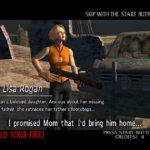
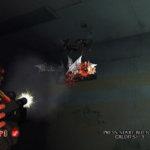
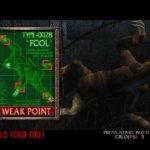
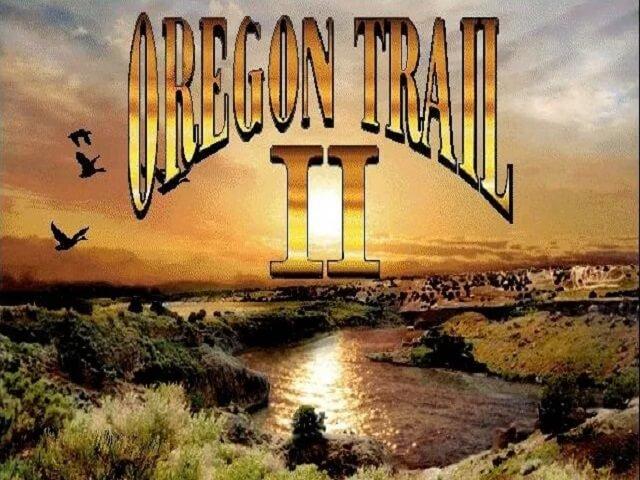
Oregon Trail II
Game Description
MECC released Oregon Trail II, an educational video game, in 1995. SoftKey Multimedia published it. It is an updated version of the original video game The Oregon Trail. It was redesigned with the assistance of Wayne Studer, a Ph.D. candidate in American Studies. In comparison to the original version of Oregon Trail II, Oregon Trail II made an effort to include more roles for women and people of color.
MECC also released a 25th Anniversary Limited Edition Oregon Trail II Computer Game in addition to the regular edition. The CD-ROM was packaged in a commemorative wooden storage box, along with an official strategy guide and a certificate of authenticity.
| Publishers | SoftKey Multimedia |
| Developers | MECC |
| Release date | 1995 |
| Genre | Educational |
[title] Gameplay
When a new game begins, players can customize their name, occupation, level, date of travel, starting point, destination, and wagon type. They can also choose how many other people ride in their wagon with them, as well as their names and ages. After deciding on occupation, the player can choose from a variety of skills. The player selects skills with a maximum of 120 points. Automatic abilities are completely free. The more valuable the skill, the higher the price. Each skill can increase the likelihood of good events and decrease the likelihood of bad events. While some occupations pay more than others, low-income occupations receive a larger final bonus, which is critical in achieving a high score at the end of apple II Oregon Trail. However, regardless of occupation, if the player settles at a location other than the one they chose at the start of the game, they will not receive a bonus.
The detail in Oregon Trail II is far greater than in the original. Rafting down the Columbia River, for example, is a much more difficult challenge than it was in the original game. When an event (such as an accident or illness) occurs, the game comes to a halt and the player must make a decision, making it far more interactive than the previous version. Players can also talk to other settlers along the way and ask for their advice. If the player dies at any point during Oregon Trail II, the game is over. This version also allows the player to select any year between 1840 and 1860, rather than being limited to 1848 as in the original. Travel is much easier in later years because there are more towns and trading posts to resupply at along the way. The online guidebook resource changes its displayed help based on the year of travel, but not with the target and trailhead ends selected—hence, in order to read the book, one must wade through pages of irrelevant information applicable to sub-scenarios (such as alternate routes over a local regional stretch) that one hasn’t chosen.
Outfitting supplies and selecting the parties’ equipment for their journey becomes a possible point of player control, potentially leading to increased scoring chances. Additional supplies increase the weight of the player’s wagon. When the weight limit of the wagon is reached, it is impossible to continue on the trail, and some goods must be dumped. Apple ii Oregon trail provides players with a vast array of supplies to choose from. Package deals of up to six months of provisions are available at the start of the game. Many provisions will be lost or used for trade as a result of the game’s many perils. One has the option of accepting a computer-generated “package deal” ostensibly offered by the merchants of the trailhead town. Alternatively, the player can shop the town and select a custom strategy, quantities, tools, and so on—or take the package and then shop or trade on top of that. One issue with the package is locating someone willing to trade unwanted items for useful ones. Some assets, on the other hand, are only available as part of a package (e.g., chains, anvils, plows) or through trading—though many of these can be purchased from merchants or blacksmiths further down the trails. If a player wishes to purchase supplies without the package, he or she may do so from Westport, Fort Kearny, or Fort Laramie. Chains, nails (measured in pounds), and anvils are sold in all forts and towns with a blacksmith’s shop.
Download [title]
We might have apple ii Oregon trail available for more than one platform. The Oregon Trail II is currently available on these platforms:
Windows (1995)
How to play on Windows
- Click on the download button. It should redirect you to your download (a .rar file). Make sure you download the file properly and that your internet does not disconnect while downloading.
- Download the software called PowerISO. You can download it from here.
- Extract the “Oregon Trail 2” folder to your desktop. You will need WinRAR to do this.
- Open the “Oregon Trail 2” folder.
- Inside the folder, you will find a file called “Oregon Trail II.iso”. Right-click on the file and then select “PowerISO” in the menu, then select “Mount” and Mount it to one of your empty disc drives.
- Go into the disc drive where you mounted the PowerISO file and open the folder called “WIN32”.
- Inside the folder, you will find a setup file called “Setup32.exe”. Right-click on it and then select “Run as administrator”. The setup for Oregon Trail 2 should now launch.
- Go through the setup steps and install the game.
- Once the setup is completed, you will want to launch the game. To do this, go into C:\Program Files\The Learning Company\Oregon Trail II and there you will find a launcher called “otii32.exe”. Double click on it to launch the game!
- play Oregon trail ii!
[title] Screenshots
Windows

